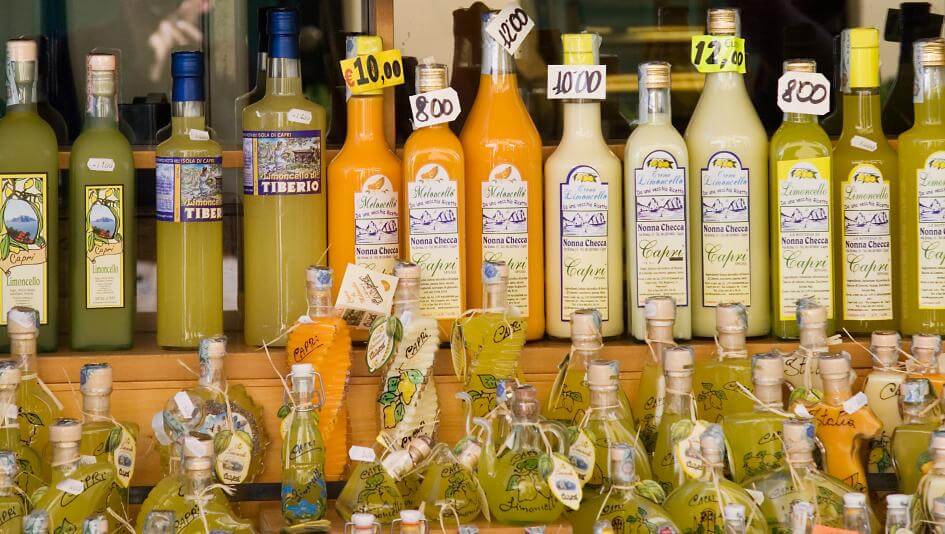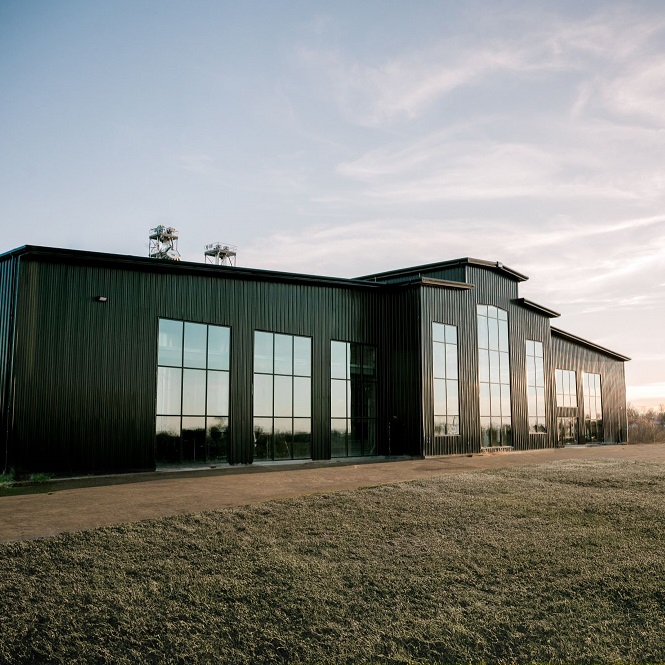How to Make Limoncello

Nobody knows when limoncello was first made. Ask any family in Sorrento, Italy, and they’re likely to say their ancestors were mixing sugar, water, Sorrento lemon peels and pure alcohol centuries ago.
It mostly remained an at-home Italian pleasure until 1990, when Sergio and Stefano Massa created Villa Massa to sell in Italian markets. The brand took off and has grown into an international company, exporting to 48 countries, and the Sorrento lemons have received the designation PGI (protected geographical indication).
limoncello has become popular in champagne cocktails, as an after-dinner chilled digestif and in desserts, like lemon tarts. Some restaurants have even resorted to making it themselves.
Here’s how:
Peel eight lemons in long strips. Cut any white peel pith and discard. Throw the long, likely curly peels in a container and add vodka. Cover and let it steep for four days in room temperature. On the fourth day, pour simple syrup into the vodka-lemon peel infusion and let it sit overnight. The next day separate the peels and strain into a new container.
Limoncello-Bourbon Cocktail
- 1.5 ounces limoncello
- 1 ounce bourbon
- 0.5 ounces Dry Vermouth
- Squeeze of lemon
Stir with ice, pour over ice and garnish with a thin slice of lemon.
Then again, the Italians won’t consider it limoncello unless it’s made in Italy. Some Italians will take it a step further, saying only “real” limoncello is made in Sorrento. But of course, limoncello is made throughout Italy, notably Tessora in Abruzzo.
Unlike bourbon or Cognac, limoncello is not a protected term and despite not following the traditional formula of only four ingredients, limoncello brands are popping up all over the world. Many use thin-skinned lemons, some lemon juice, coloring and non-natural additives. Whereas, Villa Massa and other Sorrento producers use only sugar, water, Sorrento PGI lemon peels and pure alcohol.
The Sorrento lemons are more than twice as big, lumpier and less tart than the regular citrus fruit. For Villa Massa, those lemons are picked and peeled within 24 hours. This separates Villa Massa from the imitators, Massa says.
“Real limoncello comes from here, made with the Sorrento lemons,” he says.
As for those Italian grandmas still making limoncello at home, Stefano says he likes the fact they still follow their family tradition. He is especially thrilled when they say Villa Massa reminds them of their family recipe. “That means we’re doing it right,” he says.








